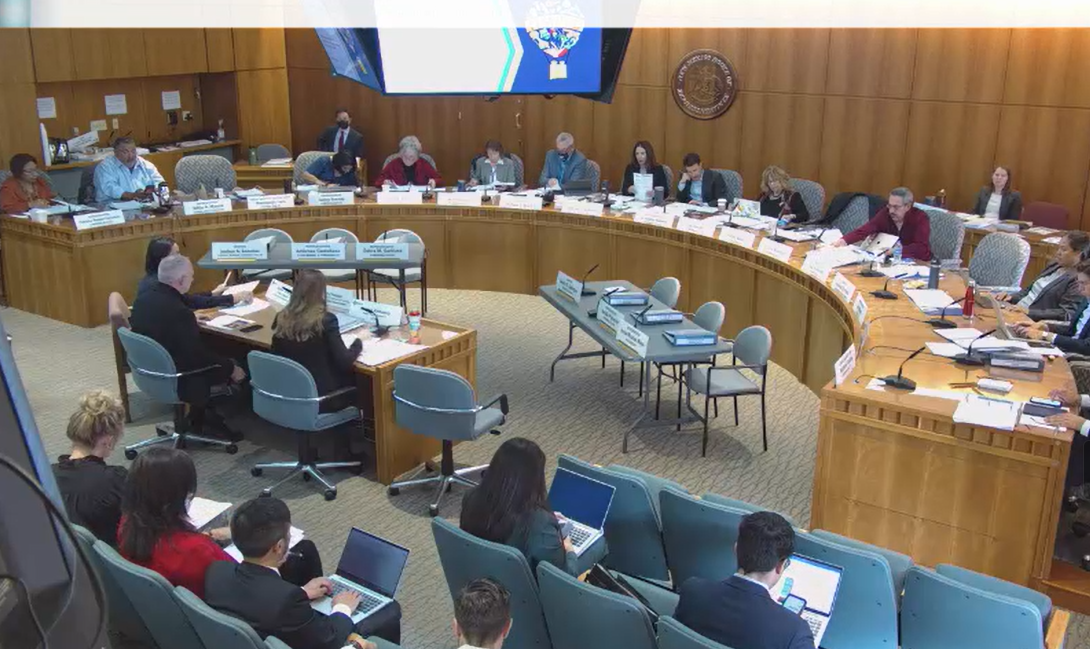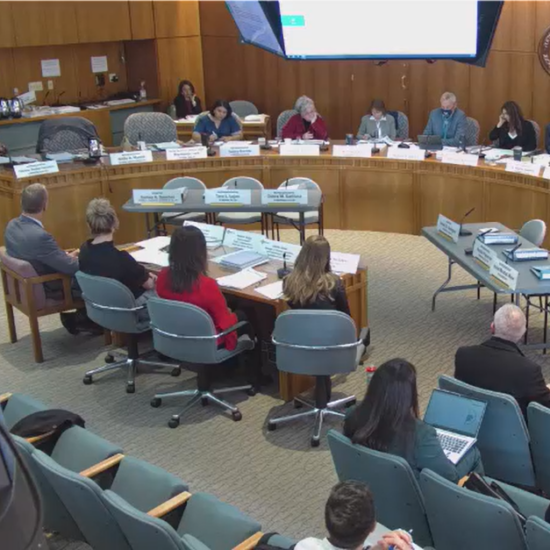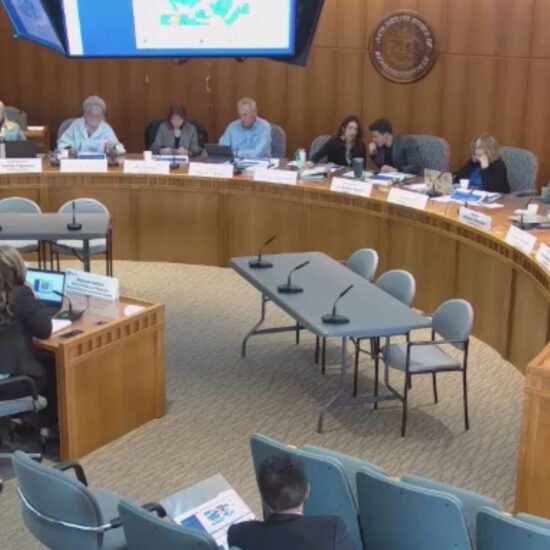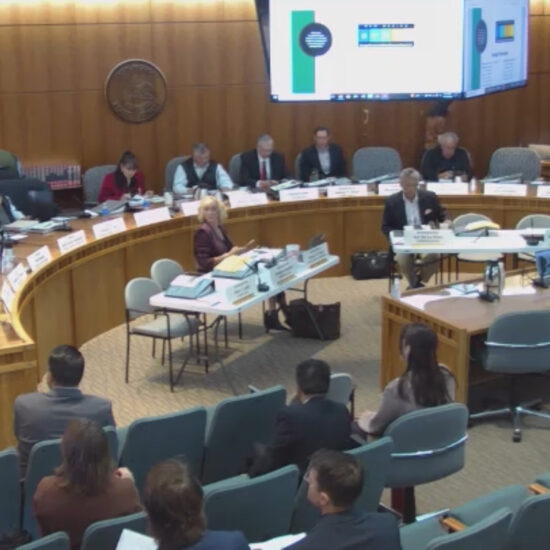
The state of New Mexico, like states across the country, is struggling with a high rate of chronically absent students. The state passed a law to address this issue but as the law went into effect, schools were shutting down due to COVID-19. Since schools returned to regular in-person schedules, tracking and addressing students who have remained chronically absent is proving to be a challenge.
At a meeting at the state capitol in Santa Fe on November 16, the Legislative Education Study Committee (LESC) reviewed efforts being undertaken to tackle the state’s chronic absenteeism crisis. The plan has four tiers to address students who are absent, but as legislators heard, school districts are often unable to keep up with data reports to the state and struggle implementing parts of the law to address students who are chronically absent.
The power behind state’s efforts is established in the “Attendance for Success Act” (AFSA); this legislation–designed to redefine the way New Mexico addresses absenteeism–passed in 2019. Chronic absenteeism,per the act’s definition, means missing ten or more school days for any reason besides school events. The law was enacted just before the COVID-19 pandemic closed schools, plunging the state into a crisis of absenteeism which has continued since.
Jessica Hathaway, senior policy analyst for the LESC, said the state had been working on improving chronic absence rates before the pandemic, citing data showing 18 percent of students across the state were chronically absent in school year 2018-2019. In ‘19-20 that number decreased to 16 percent.Data was disrupted in March as schools began to close their doors due to the pandemic. In school year ‘20-21 the percent of students considered chronically absent rocketed to 30 percent, peaking at 40 percent in school year ‘21-22. School year 22-23 saw a one percent decrease of chronically absent students, resting at 39 percent.
Under the AFSA, schools, districts, and the Public Education Department (PED) share the collective responsibility to create a robust framework that addresses chronic absenteeism. A tiered approach, ranging from Tier 1’s whole-school prevention strategies to more intensive Tier 4 interventions, are the cornerstone of AFSA.
Tier 1: The Whole School Prevention Tier
For students who have missed less than five percent of classes or school days for any reason, Tier 1 employs universal attendance support. These may include whole-school attendance campaigns, class attendance competitions, parental notifications through robocalls or electronic communication, Positive Behavioral Supports and Interventions (PBIS) to create welcoming school atmospheres, educational events, social contracts, extracurricular activities, and attendance incentives, among other strategies.
Tier 2: The Individualized Prevention Tier
Designed for students who have missed between five and ten percent of classes or school days, Tier 2 goes beyond whole-school prevention. For elementary students in Tier 2, the attendance team engages in a dialogue with parents/families, providing insights into the student’s attendance history, the impact of absences on academic outcomes, available interventions or services, and potential consequences of further absences. For middle or high school students, the attendance team extends these interventions while also involving the student in conversations with their parent/family.
Tier 3: The Early Intervention Tier
Tier 3 is intended for students who have missed between ten and twenty percent of classes or school days. For students in Tier 3,the attendance team notifies parents/families in writing about the student’s absenteeism. A meeting is scheduled with the family and school officials/staff to develop intervention strategies aimed at keeping the student engaged. The attendance team collaboratively establishes an intervention plan, complete with weekly progress monitoring and an attendance contract. When appropriate, the student, considering their age, actively participates in formulating the attendance contract, which covers both academic and extracurricular activities tailored to their interests.
Tier 4: The Intensive Supports Tier
Reserved for students who have missed over twenty percent of classes or school days, Tier 4 includes a robust set of interventions. In addition to supports included in Tiers 1, 2 and 3, the team establishes non-punitive consequences at the school level, identifies specialized supports to address the underlying causes of excessive absenteeism, and informs both the student and parent/family about the potential consequences of further absences.
The AFSA mandates rigorous tracking and monitoring of student attendance, drilling down to class period attendance.
To support schools in these efforts, the PED told legislators about their new attendance dashboard. The tool provides crucial insights into enrollment, chronic absenteeism rates, and demographic data for schools and districts. Greg Frostad, Assistant Secretary of Policy, Research, and Technology at PED, said legislators, superintendents, and education leaders across the state can use this data to make informed decisions to improve attendance rates.
Yet, implementing the AFSA has not been without its challenges. Frostad said many schools and districts, already stretched thin, have struggled with the increased administrative burden.
To gain a deeper understanding of the issue, the LESC embarked on case studies across various educational agencies, from charter schools to traditional districts. These studies yielded the consistent theme of understaffed attendance offices, overburdened staff, and inadequate Tier 4 intervention enforcement.
Both Hathaway and Frostad acknowledged that addressing chronic absenteeism is not confined to school walls alone. The root causes of absenteeism can be complex, ranging from transportation issues to parenting challenges and mental health issues, and that schools often don’t have the resources to address them.
As the review came to an end, Hathaway and Frostad recommended legislators consider investing in attendance staff, clarifying the roles of school attendance teams, and supporting ongoing data collection.







